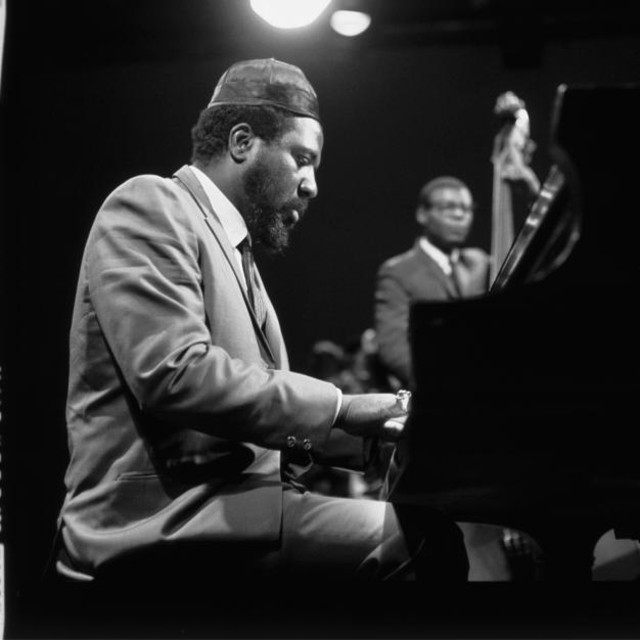Introduction:
In the realm of jazz music, where creativity knows no boundaries, few names stand as tall and enigmatic as that of Thelonious Monk. Born on October 10, 1917, in Rocky Mount, North Carolina, Monk’s unique approach to composition and piano playing revolutionized the genre and left an indelible mark on the history of music. In this blog post, we delve into the fascinating biography of this musical genius, exploring the influences that shaped him, the challenges he faced, and the enduring legacy he left behind.
Early Life and Influences:
Thelonious Sphere Monk, known simply as Thelonious Monk, was introduced to music at an early age. Growing up in a nurturing environment, he was surrounded by the sounds of the church and the blues. Monk’s mother, Barbara, played the piano, and his sister Marion also had a passion for music. These early influences ignited a spark within him, and he began studying classical music and eventually developed a profound interest in jazz.
The Development of a Unique Style:
Monk’s musical journey took an unconventional path. He possessed a distinctive approach to composition and piano playing that set him apart from his contemporaries. His compositions were often marked by dissonant harmonies, complex melodies, and unexpected rhythmic patterns. Monk’s use of silence and space in his music created an atmosphere of tension and anticipation, captivating his audience and challenging the norms of traditional jazz.
Challenges and Recognition:
Despite his undeniable talent, Monk faced numerous challenges throughout his career. His eccentric behavior and unorthodox playing style sometimes made it difficult for him to find acceptance in the jazz community. However, he found solace in the company of fellow musicians who recognized his genius. With the support of like-minded individuals, including his close friend and fellow pianist Mary Lou Williams, Monk’s star began to rise.
It wasn’t until the mid-1940s that Monk began receiving wider recognition for his contributions to jazz. He performed regularly at Minton’s Playhouse, a famous Harlem jazz club, and became a key figure in the development of bebop alongside musicians like Dizzy Gillespie and Charlie Parker. Monk’s compositions, such as “Round Midnight,” “Blue Monk,” and “Straight, No Chaser,” began to garner attention and establish his reputation as a musical pioneer.
Legacy and Influence:
Thelonious Monk’s impact on jazz and the broader musical landscape cannot be overstated. His unconventional compositions and unorthodox piano playing style continue to inspire and influence musicians to this day. Artists such as Herbie Hancock, Chick Corea, and Brad Mehldau have all cited Monk as a significant source of inspiration.
In 1964, Monk was awarded the prestigious Guggenheim Fellowship, which allowed him to compose and perform more freely. His music reached a wider audience, and he recorded several acclaimed albums, including “Monk’s Dream” and “Underground.” In 1986, he received a posthumous Grammy Lifetime Achievement Award for his exceptional contributions to jazz.
Conclusion:
Thelonious Monk’s life and career exemplify the power of artistic individuality. His unwavering commitment to his unique musical vision, despite facing numerous challenges, has solidified his place in history as one of jazz’s most innovative composers and pianists. Monk’s compositions continue to captivate listeners with their unconventional beauty, and his influence resonates with musicians across genres. As we celebrate his legacy, we honor the man who dared to unravel the melodic mystery and forever changed the face of jazz.


No responses yet